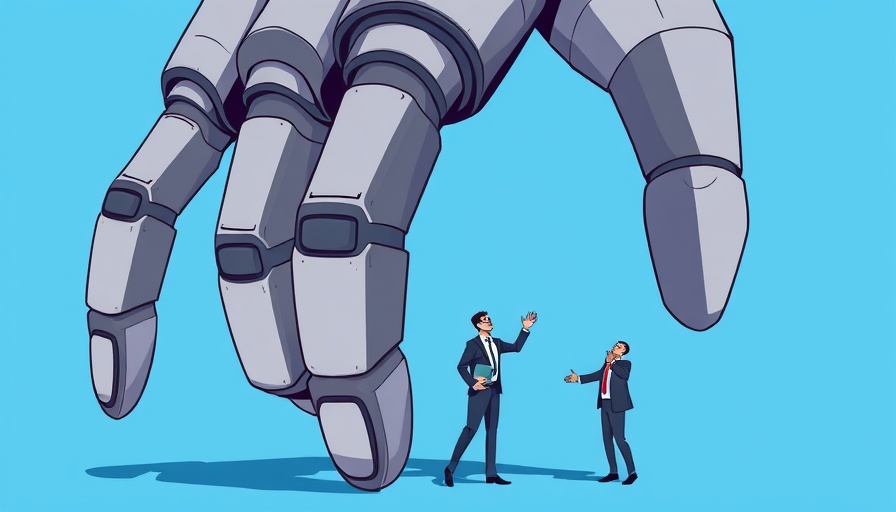
The Rise of AI: Understanding Amazon's Job Cuts
This week, as Amazon announced the elimination of 1,000 jobs due to the advancement of artificial intelligence, discussions about the intersection of technology and employment have taken on urgent importance. The reality of AI-integrated workplaces is no longer a distant concern; it's happening now. Major technological advancements are transforming how businesses operate, and at the forefront of this disruption is Amazon, the tech giant that has increased its reliance on AI to enhance efficiency and lower costs.
The Broader Impact of Job Losses
Amazon's layoffs are part of a larger trend impacting various sectors, highlighting the fragility of job security in an era characterized by technological advancement. According to the tracking website layoffs.fyi, this year alone, 141 companies have let go of over 62,000 employees, with Amazon being among the most notable. As AI becomes increasingly capable of performing tasks traditionally carried out by humans, workers in sectors ranging from retail to data analysis face the looming threat of displacement. As the old saying goes, ‘The monsters we create can turn on us,’ and this feels particularly poignant as we witness a wave of layoffs due to technological upgrades.
Job Creation Amidst Job Losses
However, it's not all doom and gloom. The World Economic Forum offers a hopeful perspective, predicting that while AI may lead to the loss of many jobs, it is on track to create a staggering 78 million new positions globally. This projection reassures us that for every job made obsolete by AI, several new roles can arise. The key, however, is the nature of these jobs; many may require different skill sets.
The Future Landscape of Work
As we navigate this changing employment landscape, the significance of upskilling cannot be overstated. Future roles will likely lean toward technical proficiency and innovation, areas where existing workers will need to grow and adapt. Local community colleges and universities will play a crucial role in providing training to help workers transition into these new fields. Collaboration between businesses and educational institutions will be paramount in addressing workforce challenges and ensuring job seekers are adequately prepared for the opportunities that lie ahead.
Reflecting on Our Community’s Resilience
In examining the effects of AI job cuts, it’s essential to remember the resilience found within our community. Local entrepreneurs and innovators are stepping up to respond to these shifts in employment, creating grassroots initiatives aimed not just at recovery, but also at reinvention. As people come together to offer support, mentorship, and training programs, we can find hope amidst the uncertainty.
Taking Action and Adapting
Now is the time for individuals and companies alike to reflect on what this means for us. Are we merely the victims of tech's relentless march forward, or can we harness change to create a workforce prepared for the future? Encouraging local partnerships, advocating for accessible training, and fostering a culture of continuous learning will be essential steps in turning the tide as we adapt to these technological advancements.
In conclusion, amid all the challenges posed by AI job cuts, let us not forget that change can lead to new beginnings. By embracing innovation and fostering community collaboration, we can ensure that we not only survive but thrive in this new job landscape.
 Add Row
Add Row  Add
Add 




Write A Comment